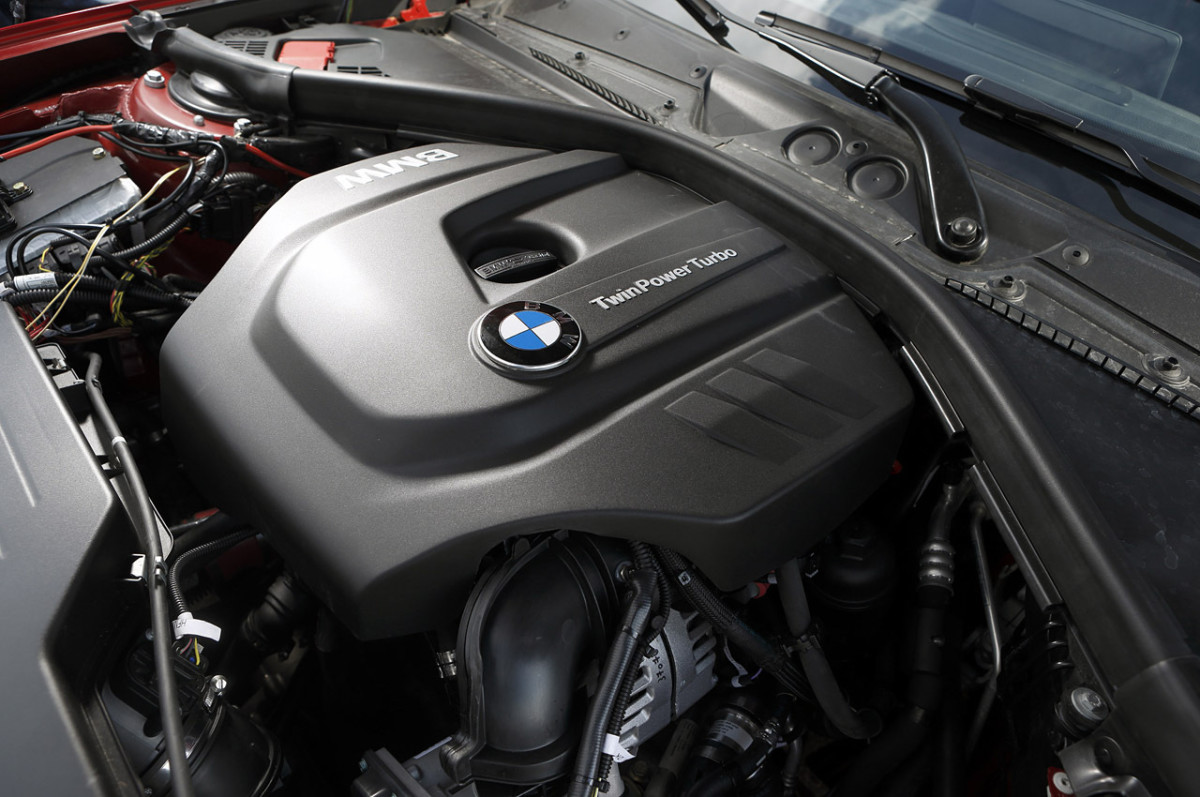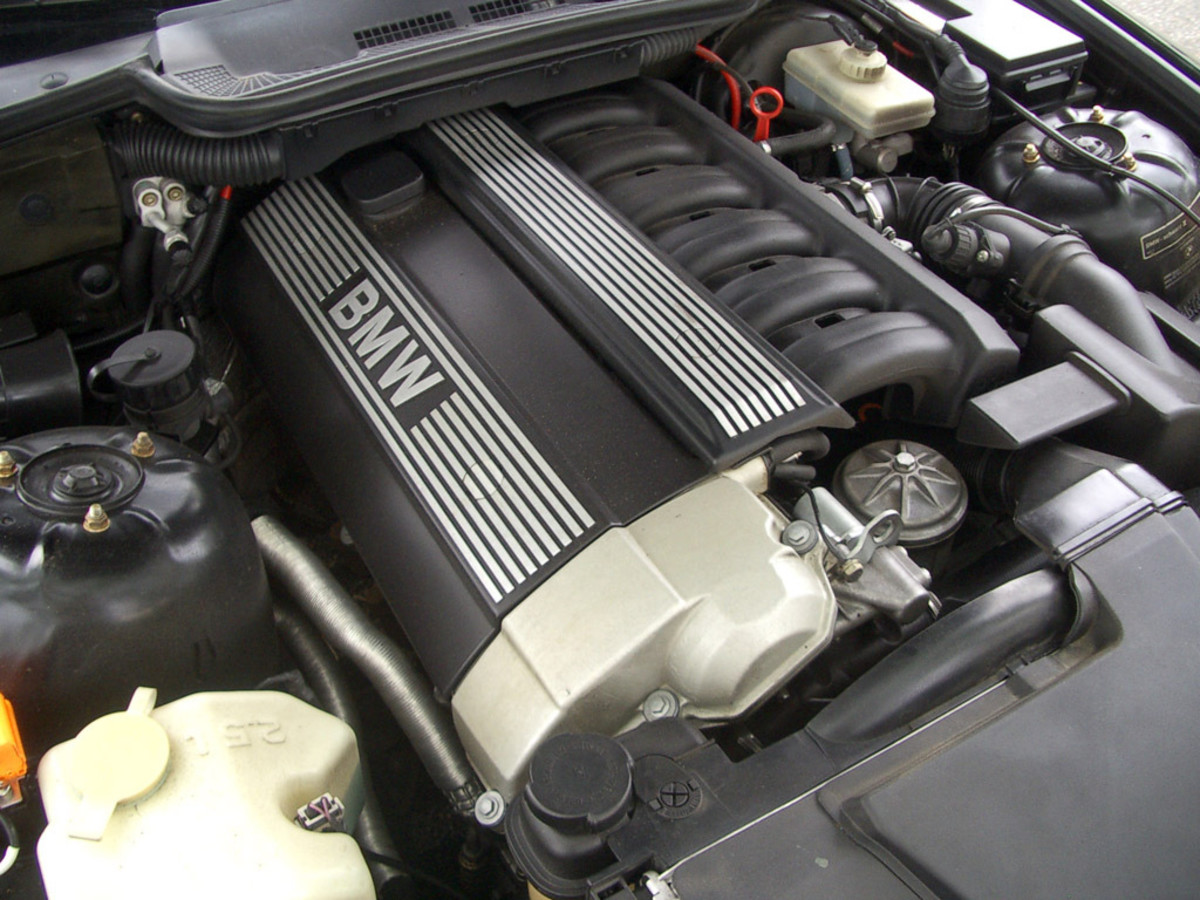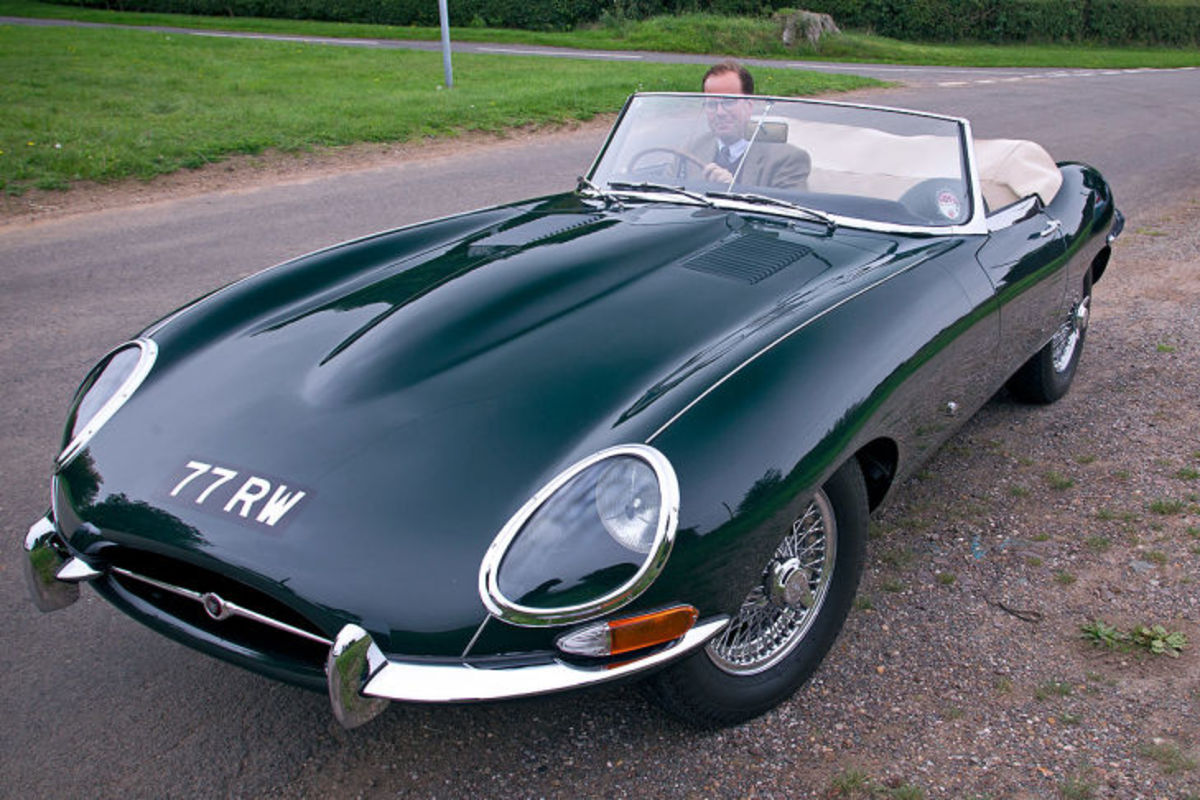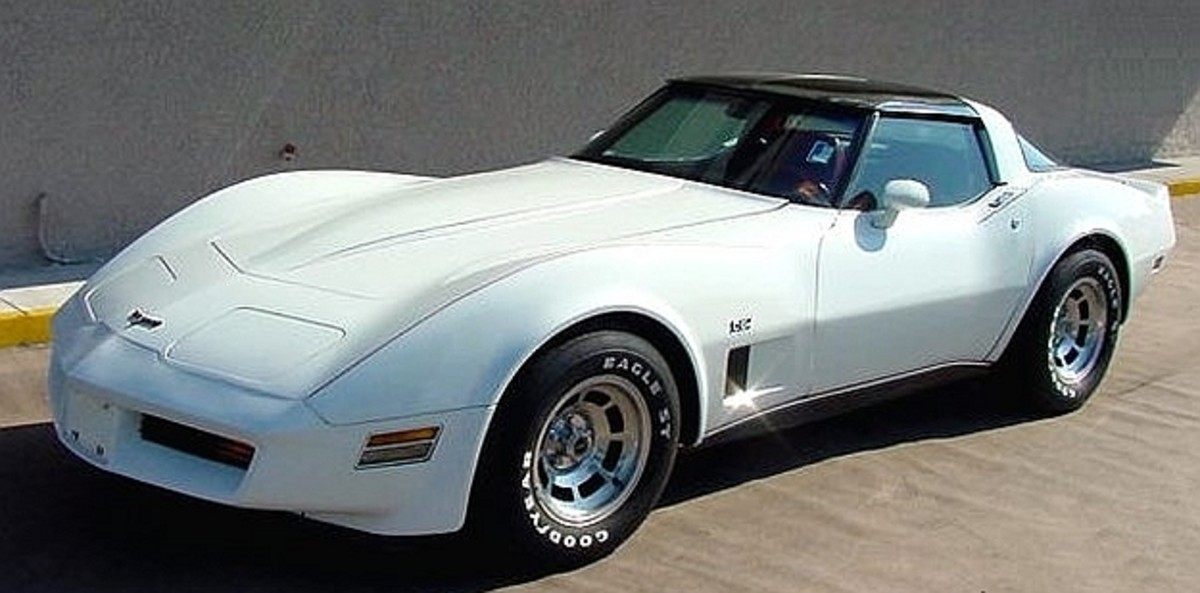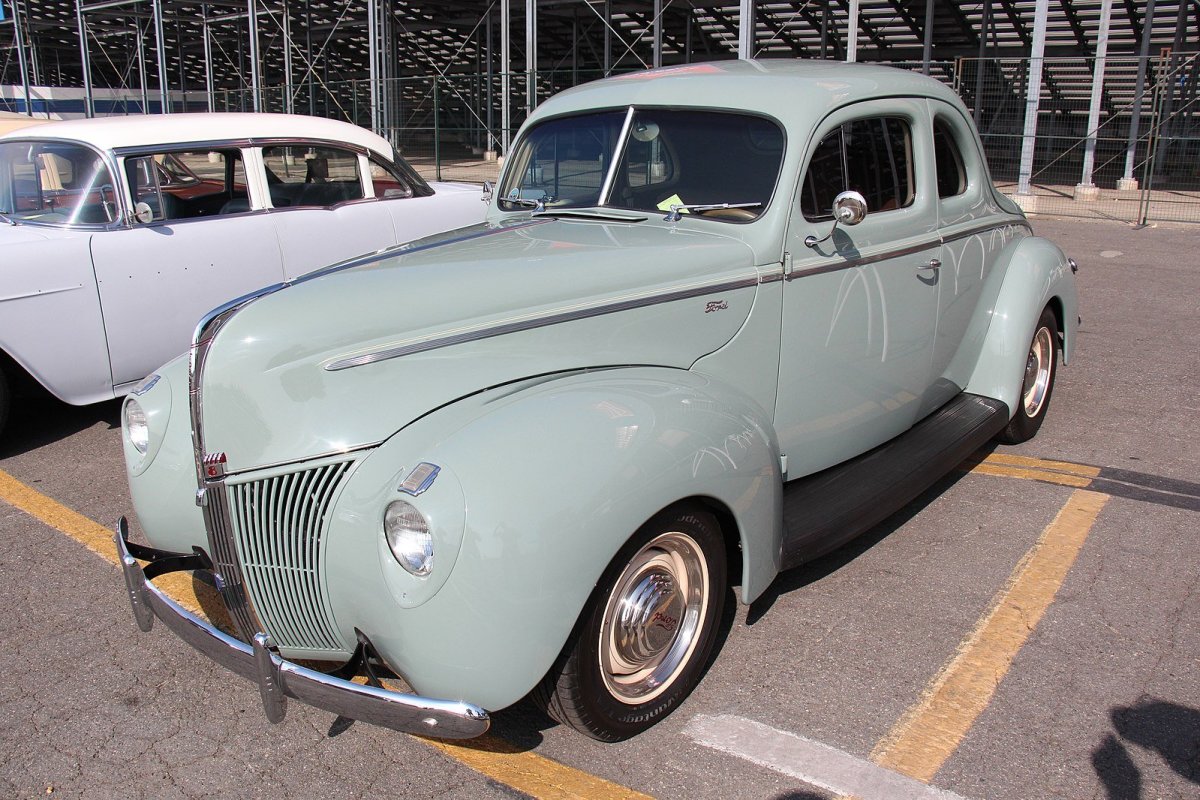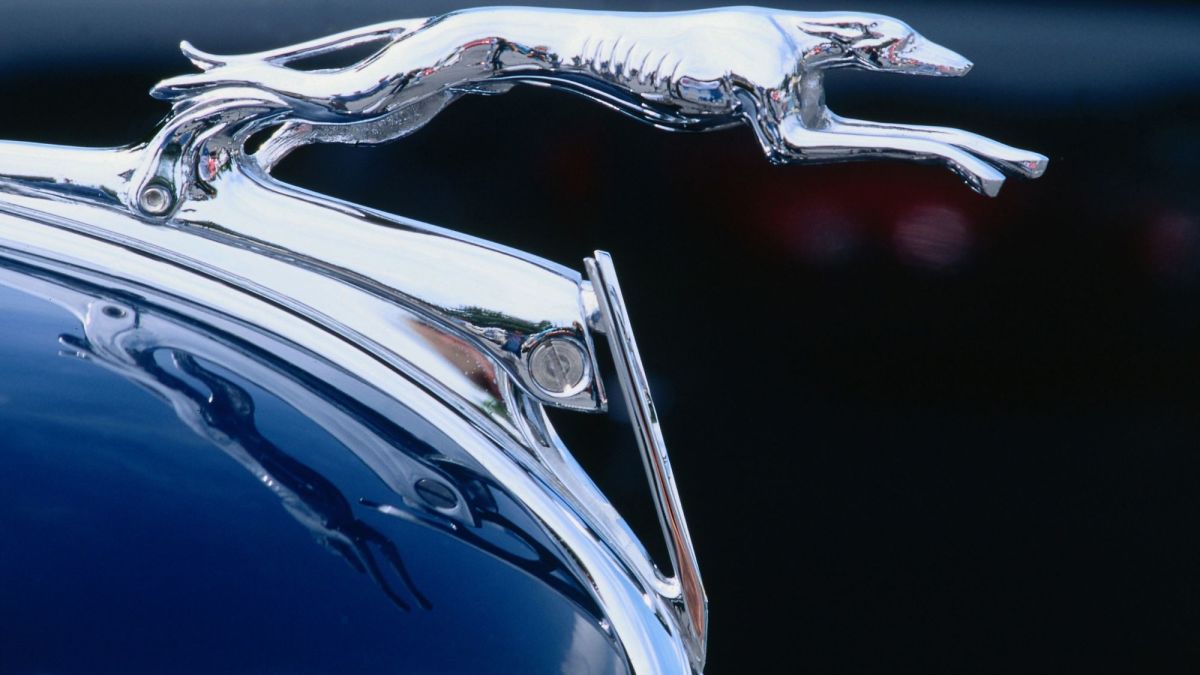Who Made The First Automobile?
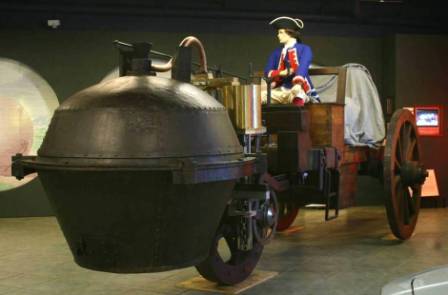
Your Definition Of Automobile
The answer depends on your definition of automobile. If you include steam powered vehicles in your definition, the first automobile was invented in 1672. It was in that year a relatively small car was built by Ferdinand Verbies, a member of a Jesuit mission in China. It was more or less a toy since it couldn’t actually generate enough power to transport a person. One that could would be forthcoming about a century later.
Thus, in 1769 Nicolas Joseph Cugnot designed and built a 3-wheeled steam powered vehicle for the French Army which had a blinding speed of 2.5 mph.
Contrary to popular belief, it was an electric motor that became the next source of power for the automobile, not the internal combustion gasoline engine. The first electric car appeared in the 1830s, with the first automobile sporting a gasoline engine coming into existence in 1885.
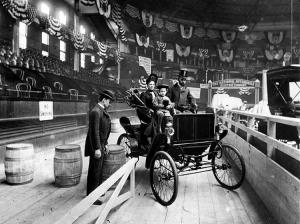
First Electric Auto
Robert Anderson of Scotland built the first electric automobile. It was a primitive design powered by simple non-rechargeable batteries.
However, the cost of building and maintaining them was expensive despite the fact they were much more efficient than steam power. Battery powered cars remained popular until the introduction of gasoline engines in the 1880’s.
Karl Benz is credited with inventing the first automobile with an internal combustion engine in 1885 and patented in 1886. This 3-wheeled automobile sported a four-stroke cycle gasoline engine.
First Four Wheeled Auto
In 1885, Gottlieb Daimler and Wilhelm Maybach designed a smaller, lighter and more efficient engine. Shortly afterwards, Daimler modified a stagecoach built and added the Daimler-Maybach engine to it. It was hailed as the first four wheeled automobile. The average speed of any automobile at this time was still 10 mph or less.
In the United States, brothers Charles and Frank Duryea formed the first automobile manufacturing company in 1893 called the Duryea Motor Wagon Company. However, it was Ransom E. Olds, founder of the Olds Motor Vehicle Company, which became the dominate auto producer during this era. So, by 1900, people could talk about a national automotive industry in many countries.
Up until the automobile horses had been the major means of transportation. Horses required a large amount of care. Their droppings also created a sanitary problem. The automobile had none of those disadvantages. It required minimal care, left no mess and could be kept at home.
Throughout its’ infancy, automobiles were considered more of a novelty than a useful practical device. Breakdowns were commonplace, fuel was hard to locate and there were few suitable roads. Several pioneers made arduous journeys across the United States in motorized vehicles to prove their worth. These were dangerous, brutal excursions across unpaved terrain of all types. But they proved the automobile was here to stay.
Up until this time automobiles had been expensive to produce or buy. This was due largely to a lack of standardization of auto parts and inventive methods of mass production. It was in 1903 when Henry Ford devised his historic assembly line techniques. Henry Ford invented the assembly line for automobile manufacturing and designed the famous Model T.
It wasn’t until the 1920’s the automobile became a big hit for people wanting freedom and excitement. It seemed almost every household in America had one. People drove to work and were able to visit far away friends and family.
The automobile’s effect on America’s economy was enormous. Because of the automobile, cities grew and suburbs appeared. Until then workers were forced to live in close proximity to their jobs.
The automobile also became a boon for American industries. Jobs were also created, not only in manufacturing but in road construction and fuel production.


